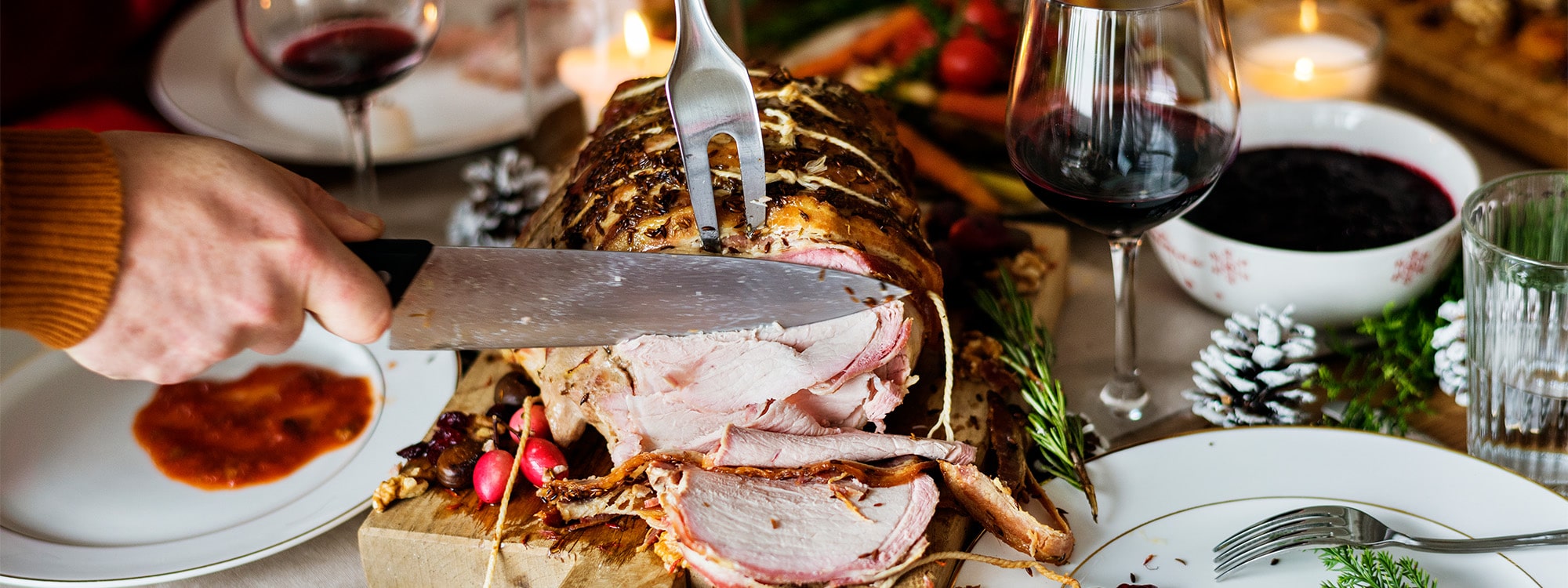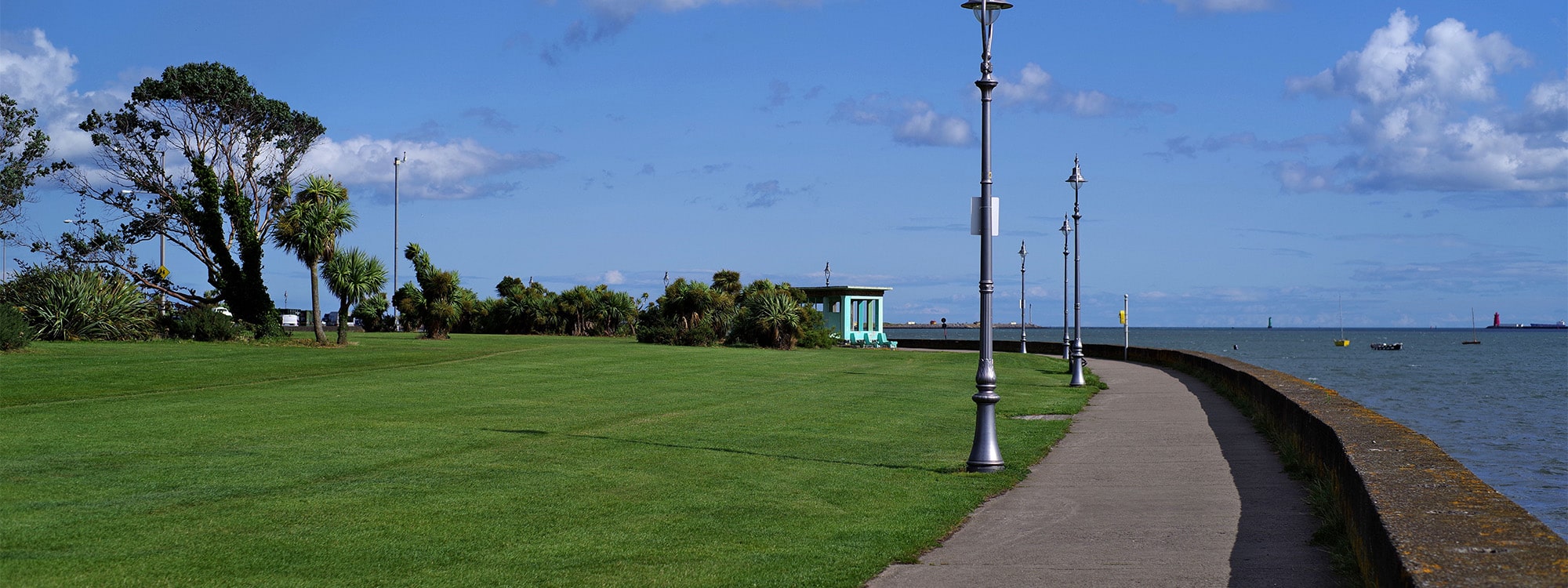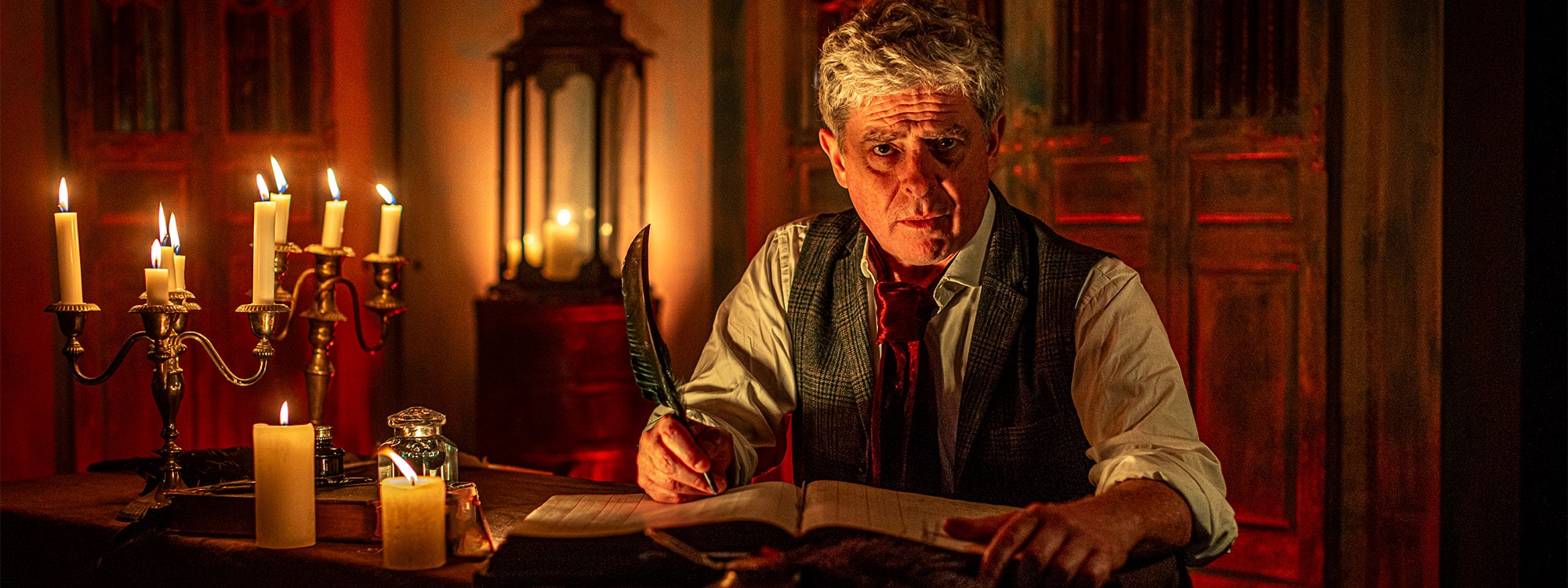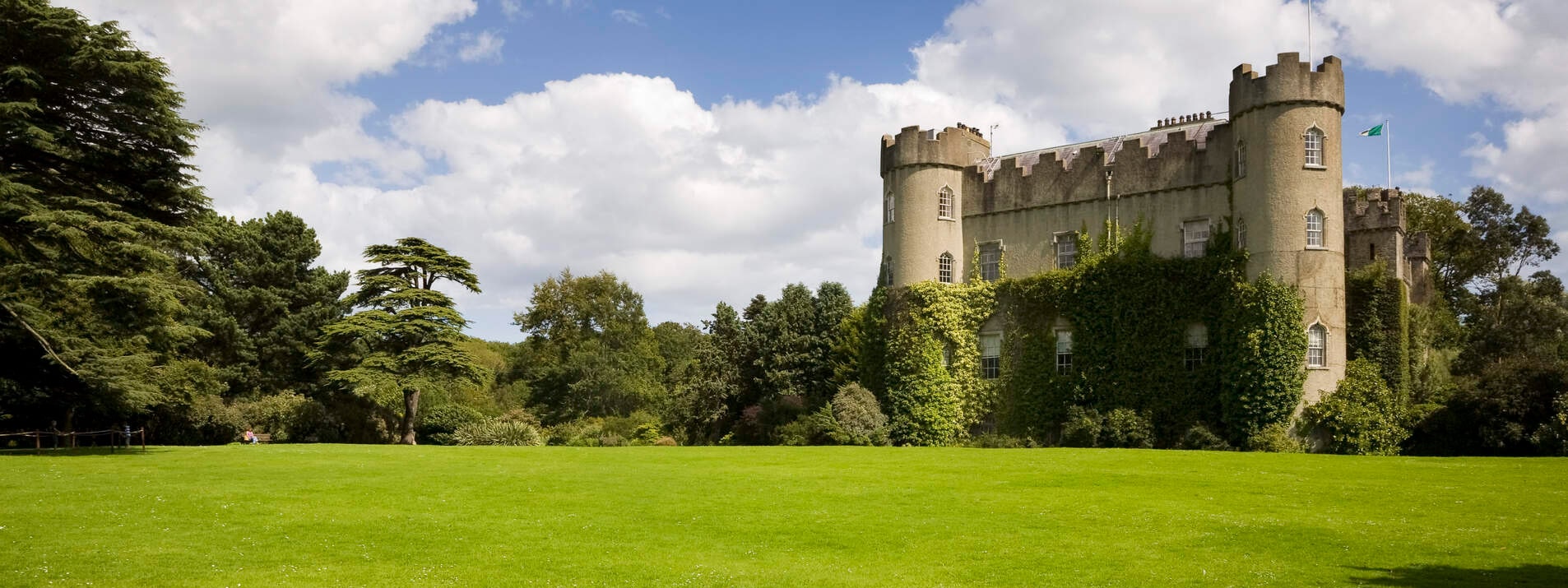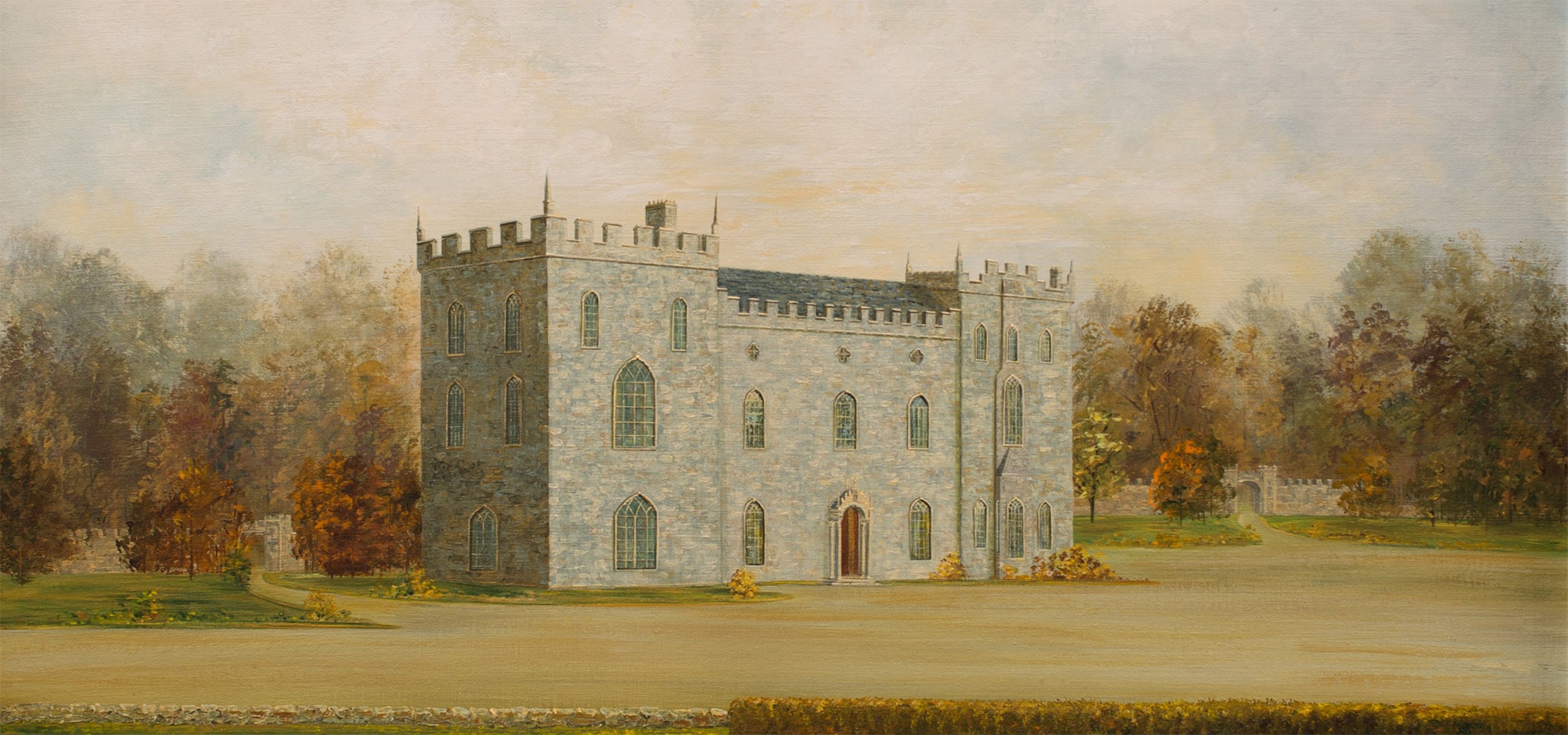
Blog OPTIONS
Blog OPTIONS
The History of Clontarf Castle
Declan Moore
| Last Updated: Thursday, 4 July 2024
| Minute Read
Declan Moore
Last Updated: Thursday, 4 July 2024
Minute Read
- Nestled in the scenic suburbs of Dublin, Clontarf Castle stands as a testament to Ireland’s rich historical tapestry. From its construction to the present day, this remarkable fortress has seen countless stories unfold within its historic castle walls. Today, it serves not only as a luxurious hotel but also as a living monument to the past. Let’s embark on a journey through the annals of Clontarf Castle’s history, from its early days to the present, and explore why it remains a must-visit for history enthusiasts.
The Origins: 1172
The story of Clontarf Castle begins in 1172, during the era of the Anglo-Norman invasion of Ireland. Hugh de Lacy, Lord of Meath, granted lands at Clontarf to Adam de Phepoe, who later constructed the castle. A wooden fort was typical of the period, designed for defense against both native Irish forces and rival Norman lords. Positioned strategically near the coast, it provided a vital outpost for controlling access to the city. Our Bar team pays homage to 1172 by naming one of their signature cocktails after it.
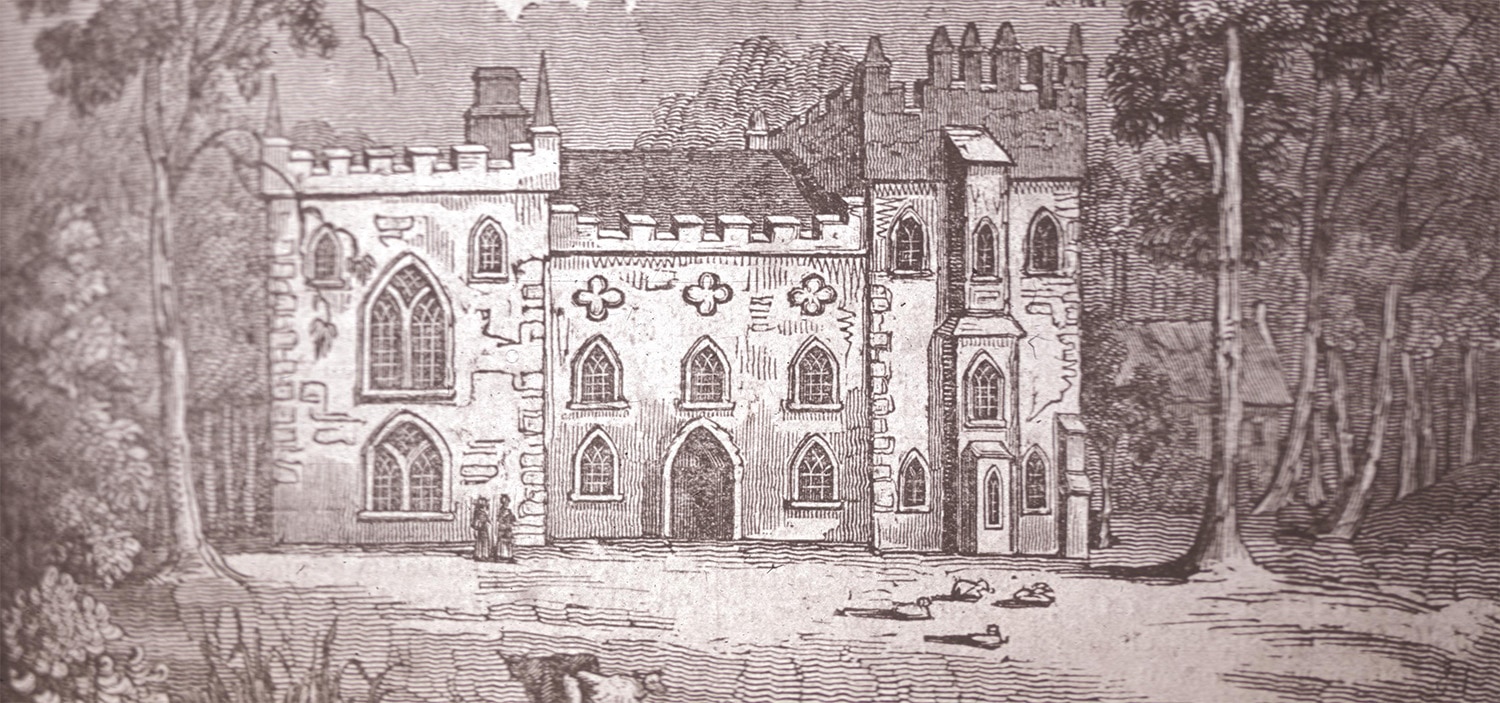
Medieval Transformation
By the 14th century, the original wooden structure had given way to a more solid stone castle, reflecting the growing stability and prosperity of the region. This version of Clontarf Castle saw many changes and expansions, including robust defensive features such as a moat and high curtain walls. The castle served as a focal point for the local community and offered protection, a statement that can still be referenced today.
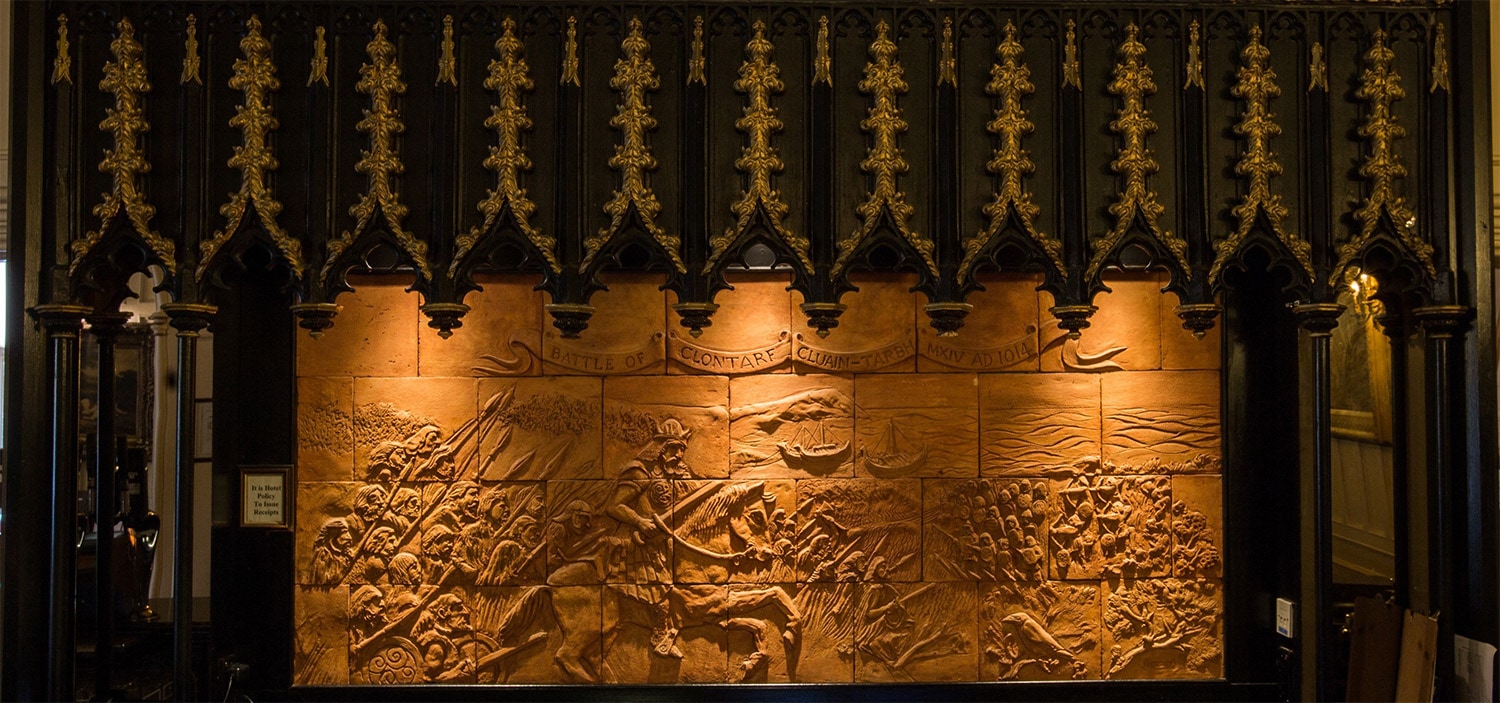
The Battle of Clontarf
Although predating the construction of Clontarf Castle, the Battle of Clontarf in 1014 significantly shaped the area’s history. This monumental battle saw the forces of the High King of Ireland, Brian Boru, defeat the invading Viking armies.
As the battle raged Brian was slain by the fleeing Viking mercenary Brodir as he knelt in prayer, close to where Clontarf Castle stands today. However, the victorious Irish would ultimately have their revenge: Brodir was later captured and brutally executed by Ulf the Quarrelsome.
The battle’s legacy added a layer of historical prestige to the castle’s location, linking it to one of Ireland’s most celebrated military victories. A mural depicting the Battle of Clontarf adorns our largest event space, the Great Hall and our jewel of the crown, Knight’s Bar. This striking artwork provides a breathtaking backdrop for any event hosted within our castle walls or for those patiently waiting for a beverage by the bar.
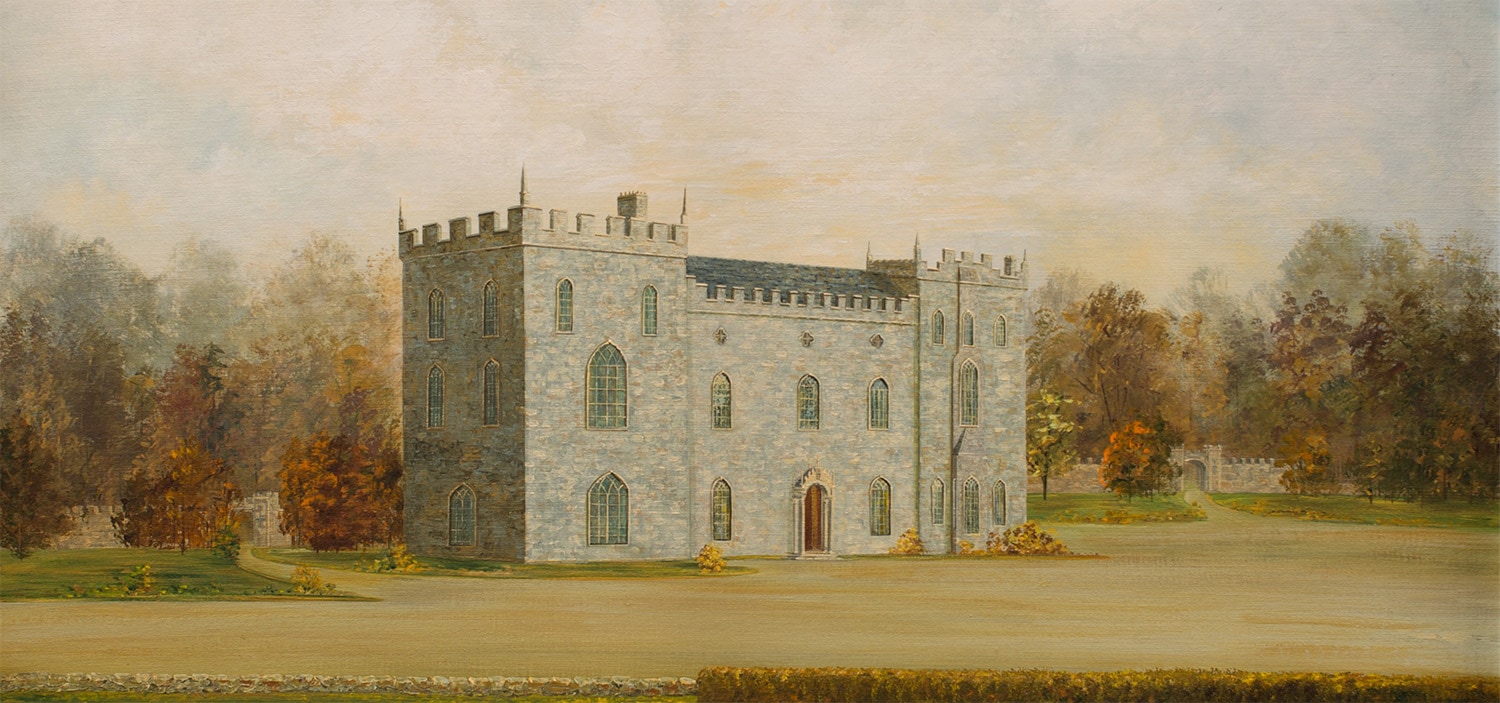
The Vernon Era
The 16th and 17th centuries brought significant changes to Clontarf Castle. The estate was then passed on to various noble families, each leaving their mark on the structure. During the Tudor conquest of Ireland, the castle’s strategic importance was strengthened. The Elizabethan era saw the castle upgraded to a much stronger settlement, adapting to the changing nature of warfare, which now included gunpowder weaponry.
A pivotal chapter in Clontarf Castle’s history began in 1649 when it came into the hands of the Vernon family. The Vernon’s were influential figures in Dublin society and undertook huge renovations, transforming the medieval fortress into a more humbled abode while keeping its historical charm. The family maintained ownership for over 300 years, witnessing the castle’s evolution through periods of war, political upheaval, and social change. Regarded as one of the greatest composers of the Baroque era, Handel was a regular guest at the castle during the Dublin premiere of his famous work Messiah. Captivated by Dorothy “Dolly” Vernon, lady of Clontarf Castle’s charms, Handel composed Forest Music in her honor. Dolly’s legacy is remembered in the christening of Dollymount, one of Clontarf’s finest neighborhoods.
Did you know?
The name ‘Clontarf’ derives from the term Cluain Tarbh, meaning “meadow of the bull.” Etymology suggests that the sound of the waves beating along the shells and sands of the coastline resembled the bellowing of a bull. It is said that the roar of the tide on the sandbanks filled Dublin Bay.
As you explore the castle, you will see many art pieces referencing the bull. One notable piece is “Bull in the Headland” by Deirdre McClorey, commissioned by the castle. This artwork captures the quirky story behind the Viking town of Clontarf. You can grab an Art Map at Reception and begin to discover the wonder around every corner of the Castle with our Art Trail. Perfect for those rainy days.
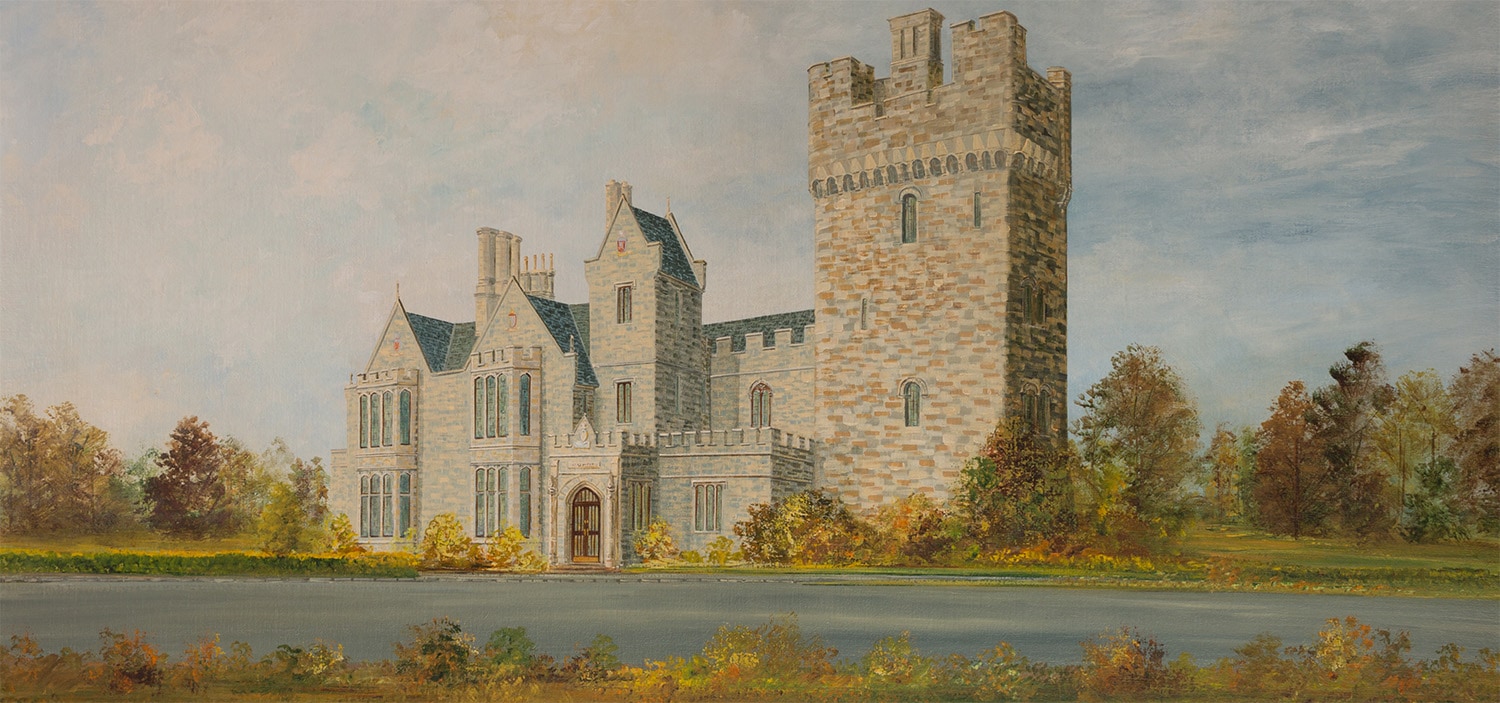
Extreme Makeover: Castle Edition
The 19th century was a period of change for Clontarf Castle. In 1837, renowned architect William Vitruvius Morrison was commissioned to redesign the castle. His vision combined elements of Medieval and Gothic styles, resulting in the distinctive appearance the castle boasts today. The reconstruction included the addition of turrets, battlements, and elaborate interiors, enhancing its grandeur and appeal.
Sold, To The Highest Bidder
The mid-20th century marked an important transition for Clontarf Castle. In 1957, the Vernon family sold the property, ending their long-standing ownership. The castle changed hands several times and served various purposes, including a popular cabaret venue in the 1960s. These years were crucial in preserving the castle’s structure, even as it adapted to modern ways. This leads us to our next segment.
Modern Times
In 1997, Clontarf Castle entered a new era, this time into a beautiful luxury castle Hotel. To see our latest deals and offers….. (This is a sales pitch free zone). The extensive renovation focused on preserving historical elements while introducing modern amenities, creating a unique blend of the past and present, hence our phrase ‘the richness of the old, enriches the new’. Today, guests can enjoy the opulence of a four-star hotel while immersing themselves in the rich history that’s around every corner of the castle.
Clontarf Castle Today: Discover the Wonder
Clontarf Castle stands as a unique fusion of luxury accommodation and historical charm. Each room is thoughtfully decorated with antiques and artwork, providing guests with a sense of the castle’s storied past. Clontarf Castle is surrounded by intriguing landmarks that add to its unique charm. Nearby, visitors can explore the historic St. John the Baptist Church a place where Clontarf native and the creator of Dracula, Bram Stoker was baptized in. This Church is an architectural gem that has stood the test of time. Additionally, the nearby cemetery offers a quiet, reflective space filled with gravestones that tell stories of the past. These sites, along with the castle, create a rich tapestry of history and culture, providing visitors with a deeper understanding of the area’s heritage.
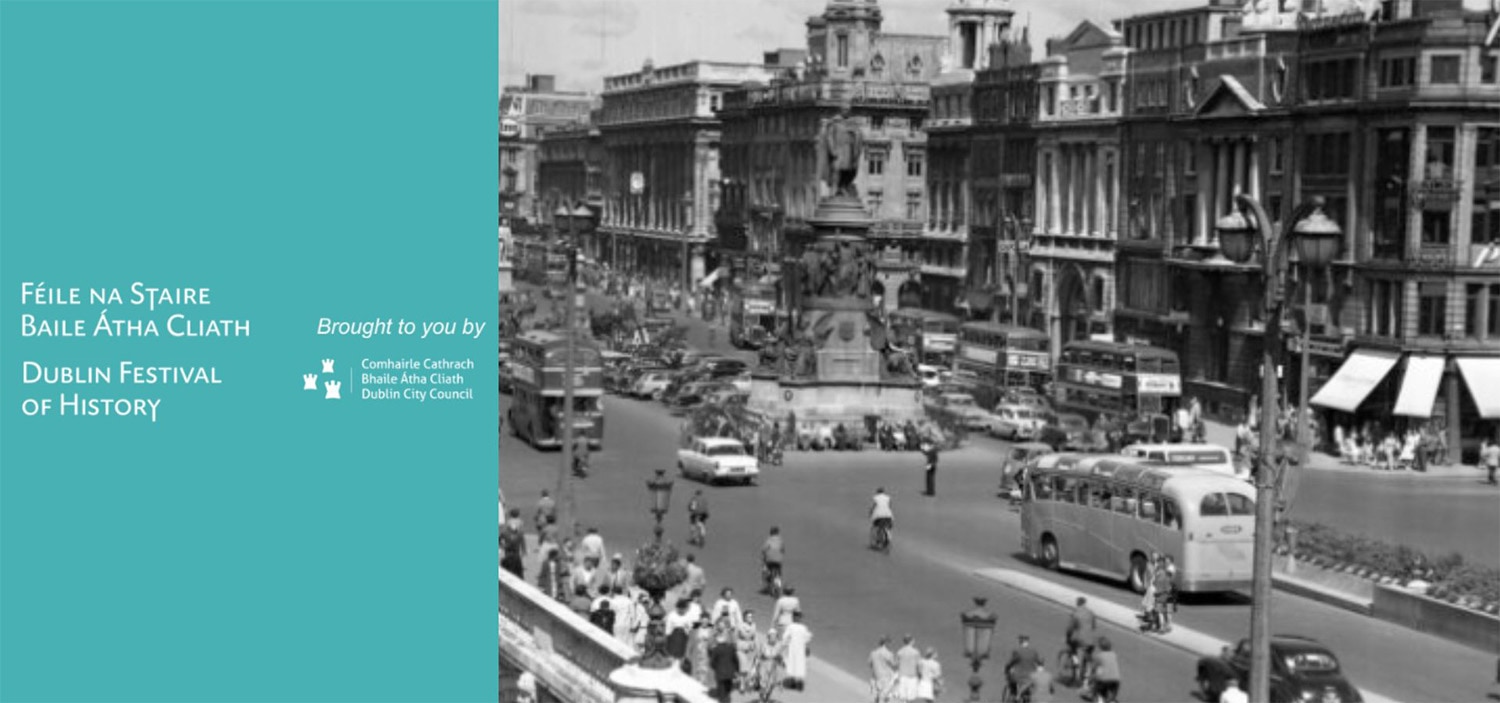
Dublin Festival of History: A Must-Visit Event
For those passionate about Irish heritage and history, the Dublin Festival of History, held from 27 September to 13 October 2024 at Dublin Castle, is an unmissable event. This festival celebrates Dublin’s rich historical heritage through a series of lectures, exhibitions, and guided tours. Guests staying in Clontarf Castle can easily visit the festival, which offers an excellent opportunity to delve deeper into Ireland’s past while enjoying the comforts of a historic venue.
Attending the festival provides an immersive experience, allowing guests to step back in time and gain a deeper understanding of Dublin’s and Ireland’s extensive history. Clontarf Castle itself, with its storied past and atmospheric charm, serves as the perfect base for history buffs eager to explore the festival’s offerings.
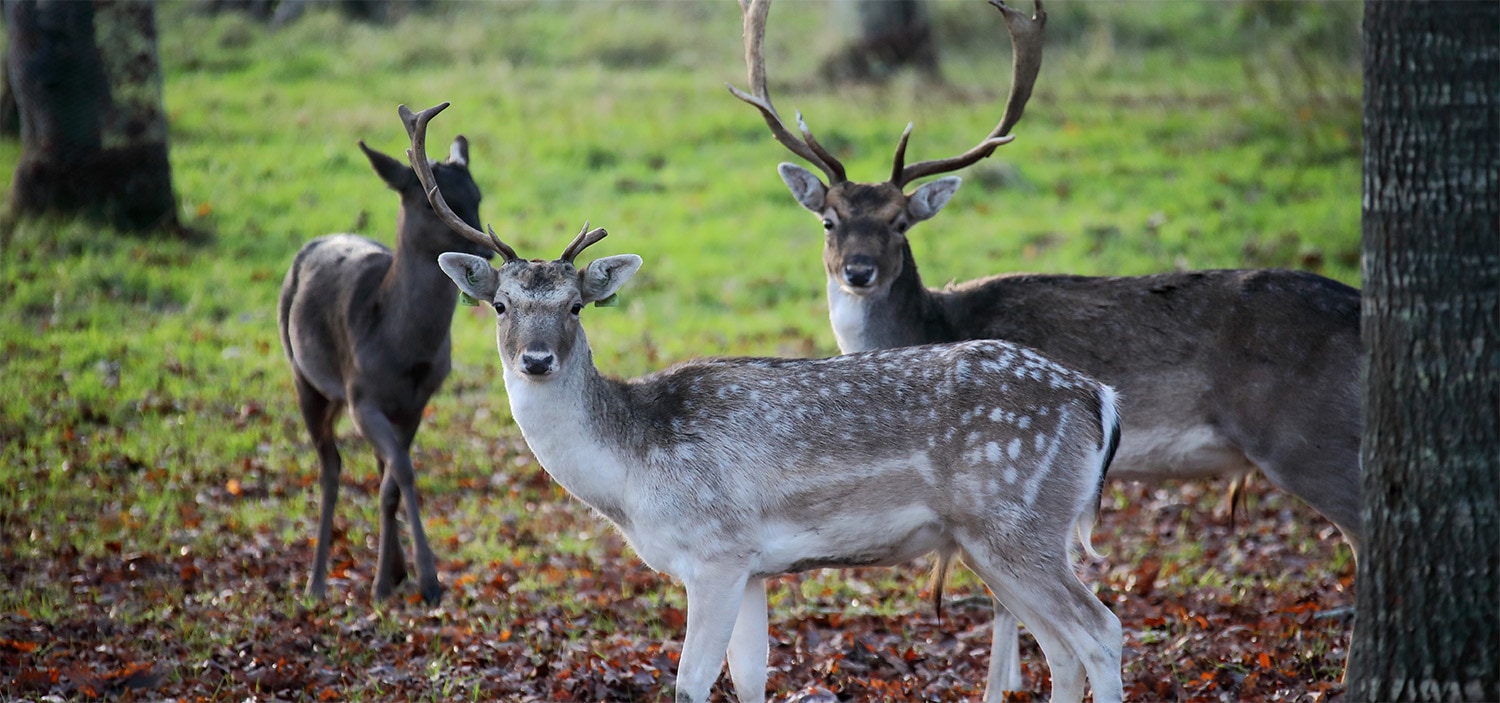
The Wrap Up
Clontarf Castle’s story is captivating journey through Ireland’s past. From its origin as a wooden fort to its transformation into a luxurious boutique hotel, this site had witnessed countless historical moments. From medieval upgrades and the Battle of Clontarf to redesigns and modern renovations, layers upon layers of history adds to the rich heritage of this castle.
Today, Clontarf Castle beautifully merges historical charm with contemporary luxury. As you wander by the art filled walls, you’ll experience the charm of the past merged with modern comforts. Its proximity to historic landmarks and events like Dublin Festival of History makes it an ideal destination for both history enthusiasts and casual visitors.
Whether you’re delving into its fascinating history or simply enjoying the elegant surroundings, Clontarf Castle offers a truly unique night stay. Its a place where the old enriches the new, ensuring that every visit is both enjoyable and memorable.
Why not create your own chapter of Clontarf Castle’s story? Plan a visit and take advantage of our special offers to experience this historic castle hotel for yourself.
Declan Moore
Declan Moore is a travel and hospitality writer with a passion for uncovering Ireland’s most rewarding experiences. His work focuses on exceptional hotel stays, seasonal Irish food, specialty coffee, and curated things to do across the country. Writing for the Tifco Hotel Group Collection, Declan highlights the details that turn a trip into a lasting memory.
